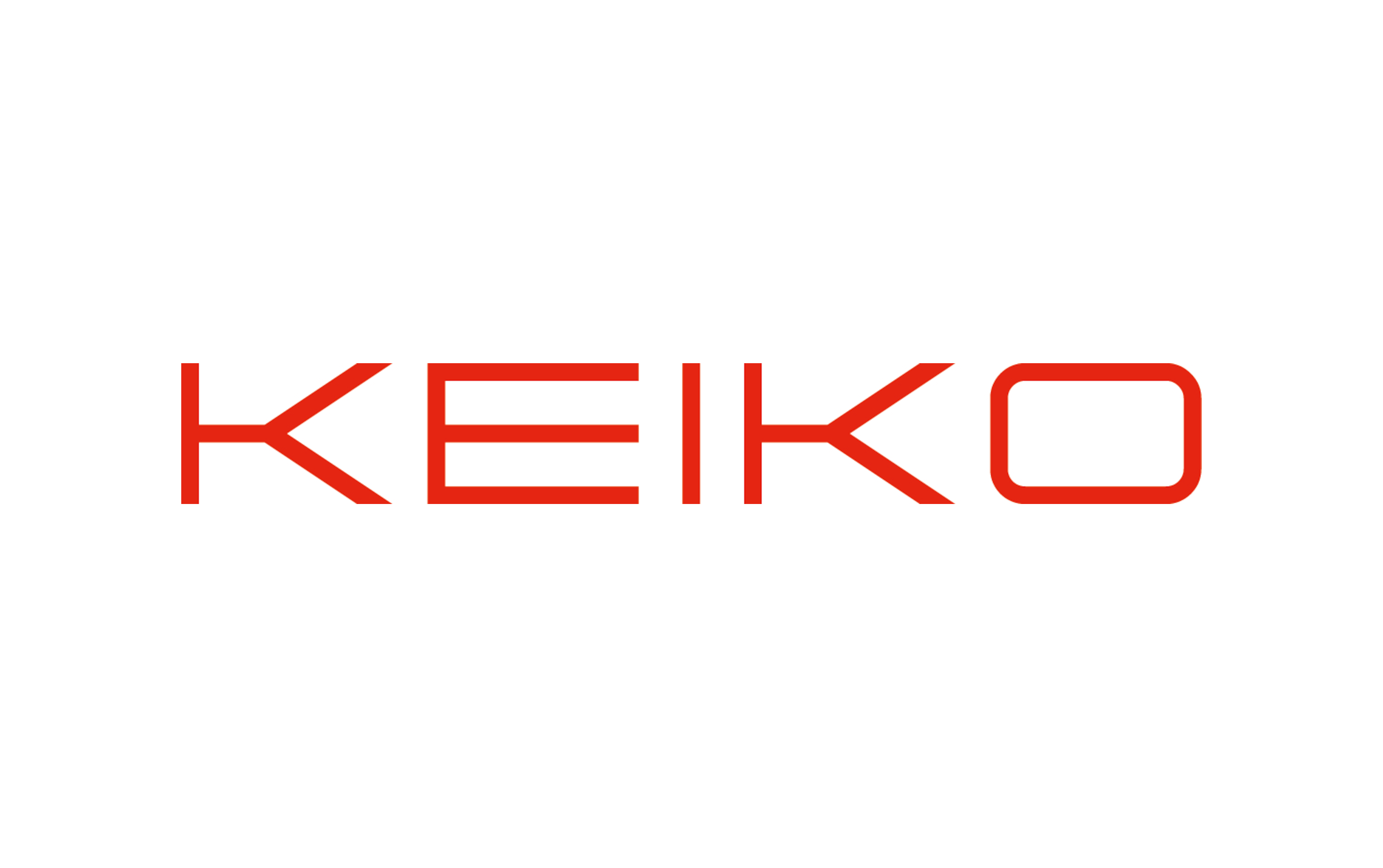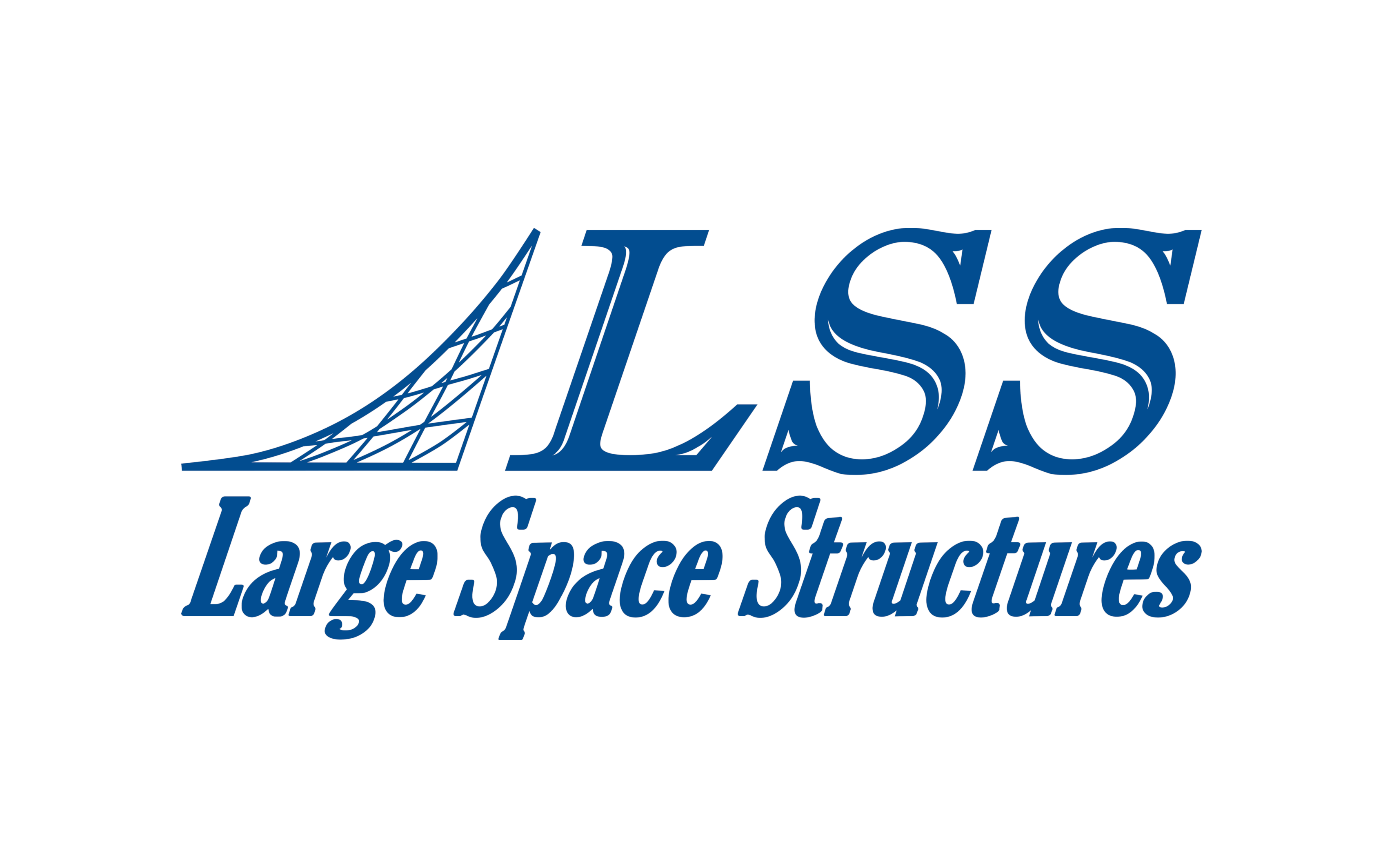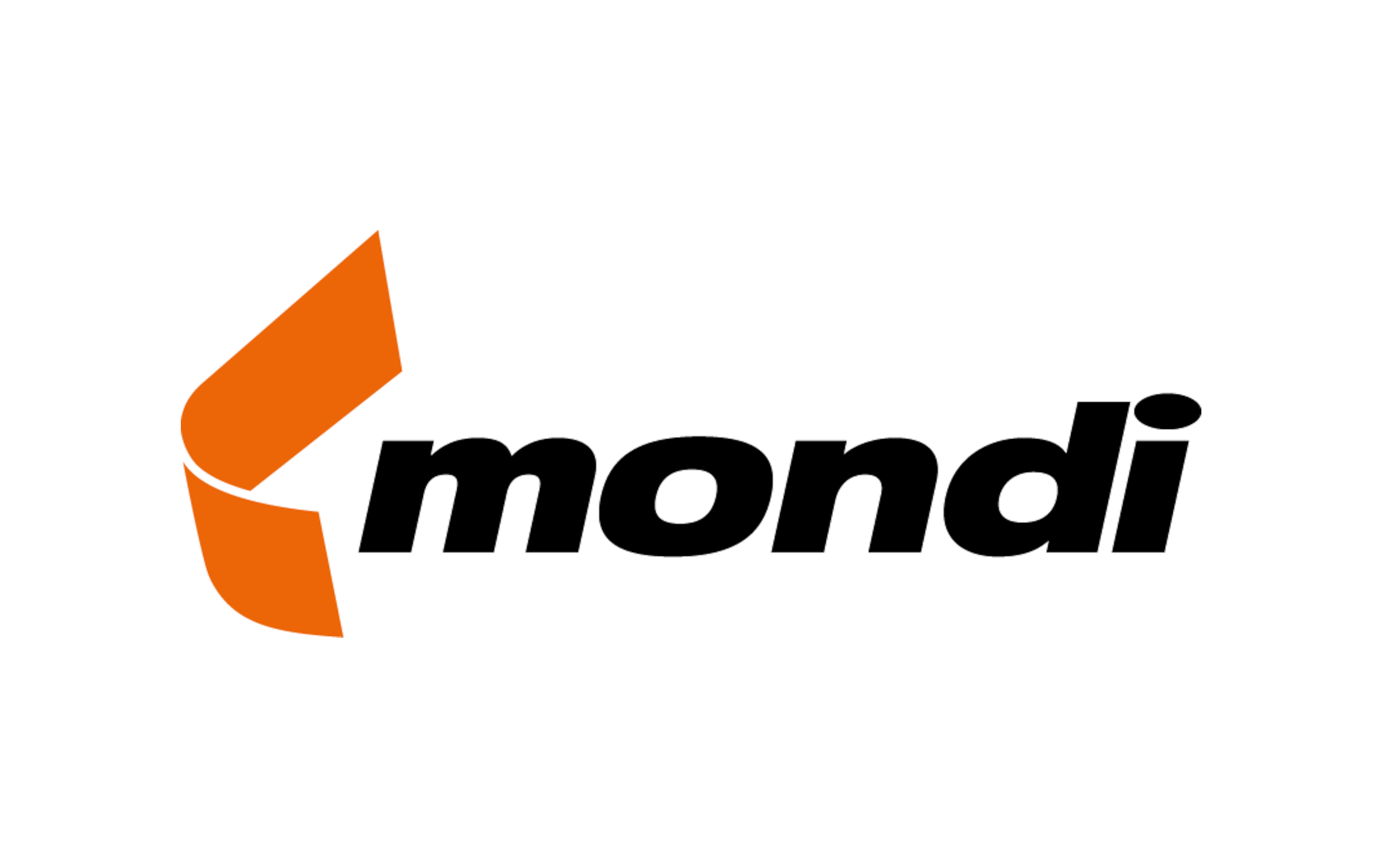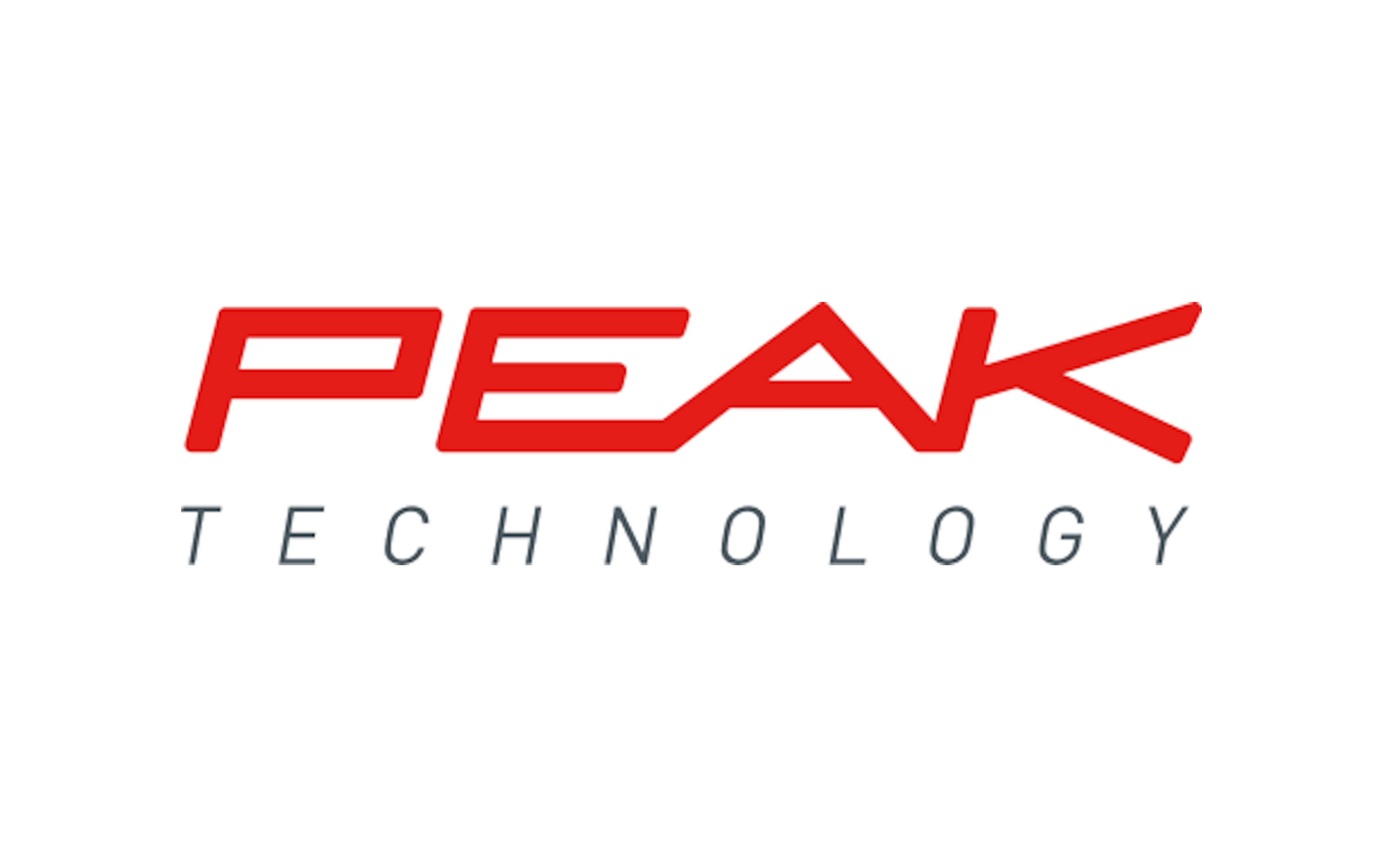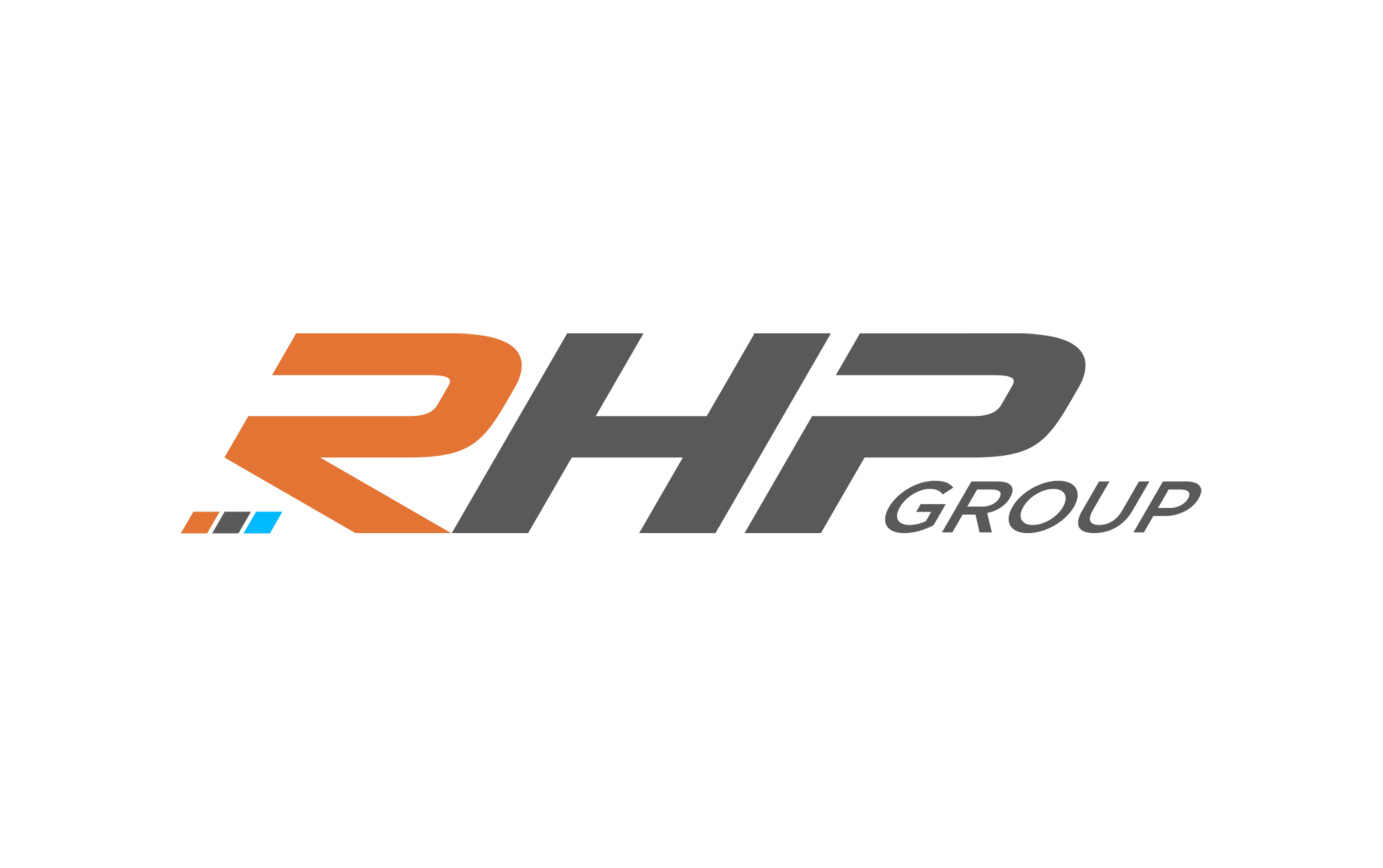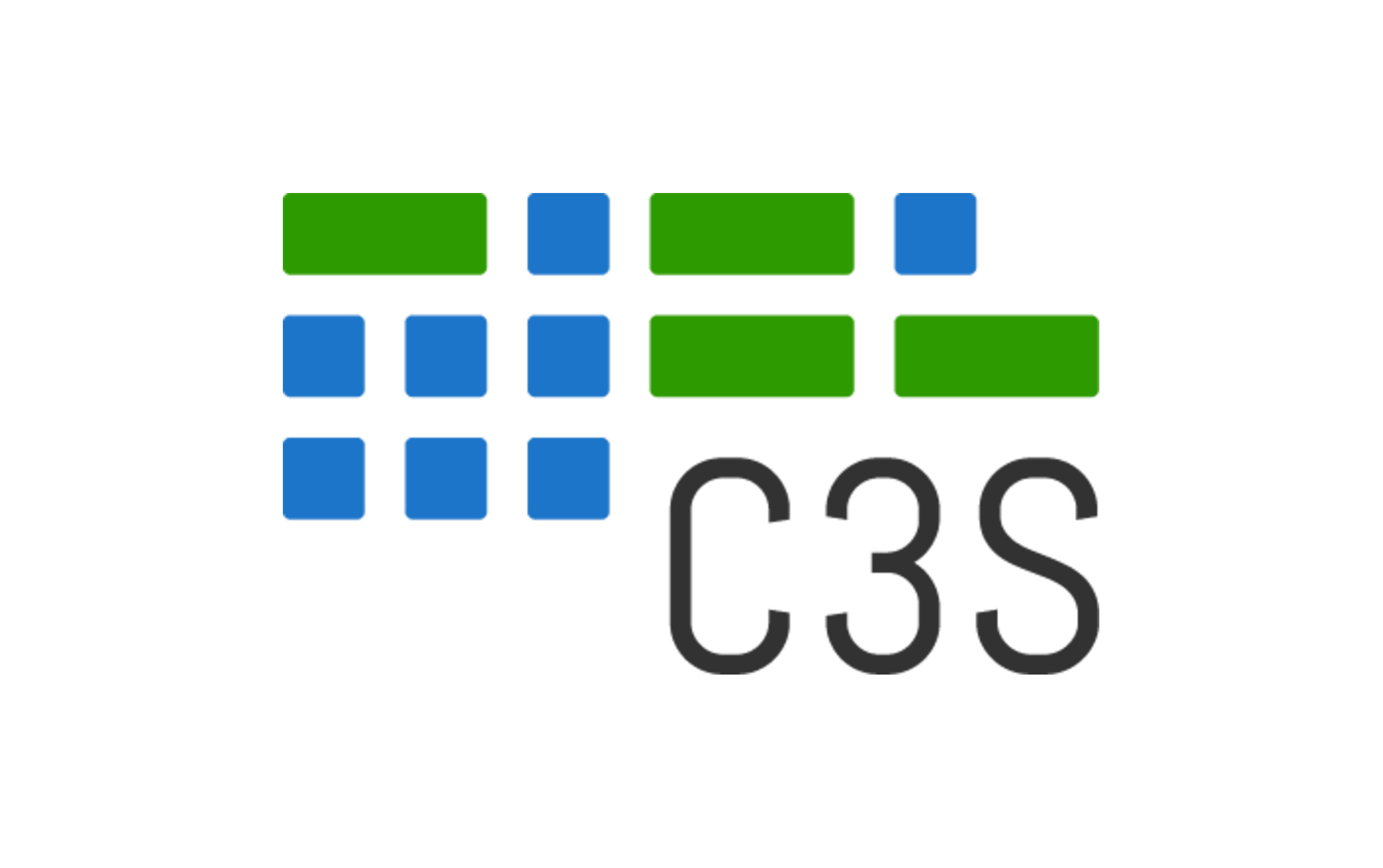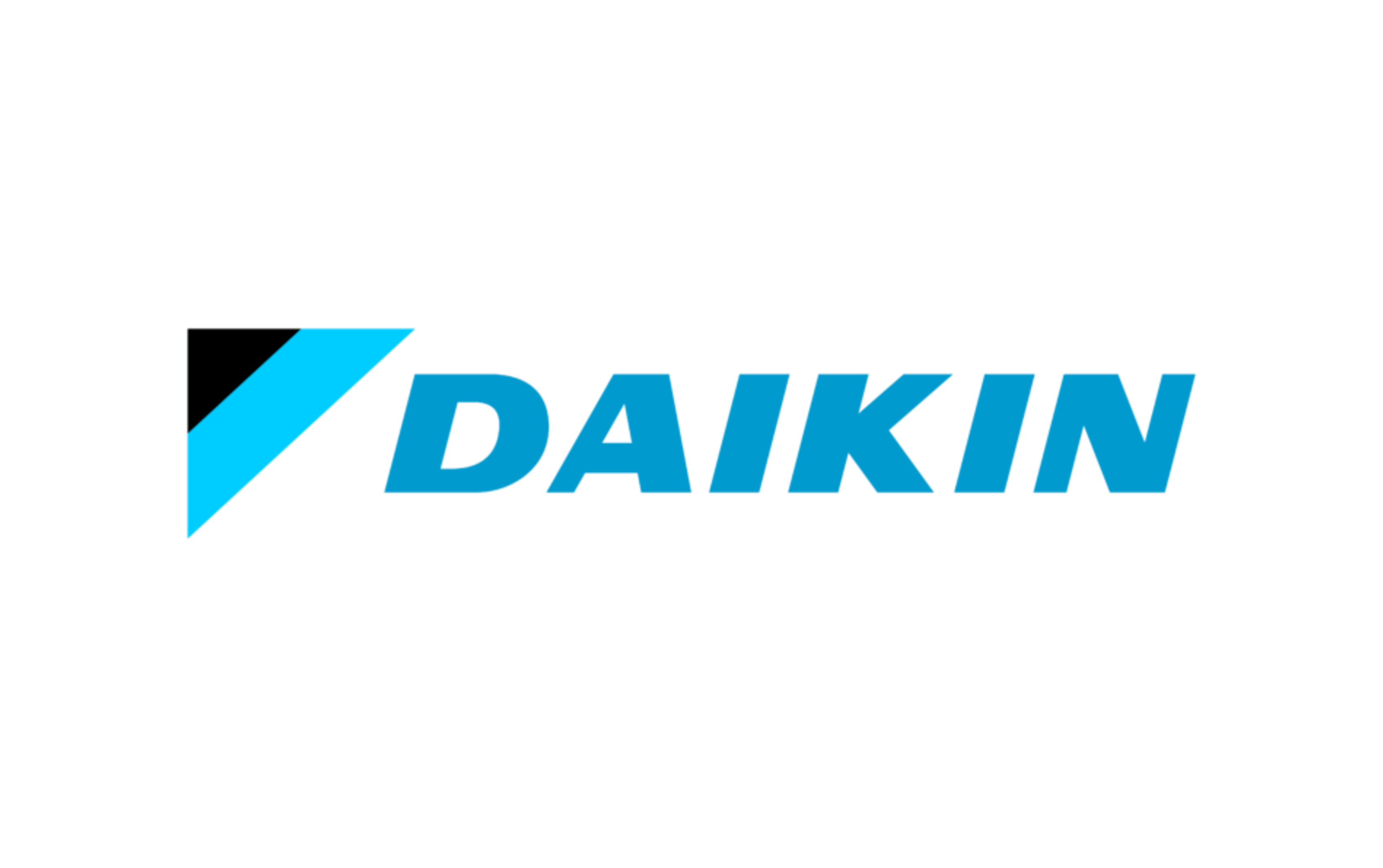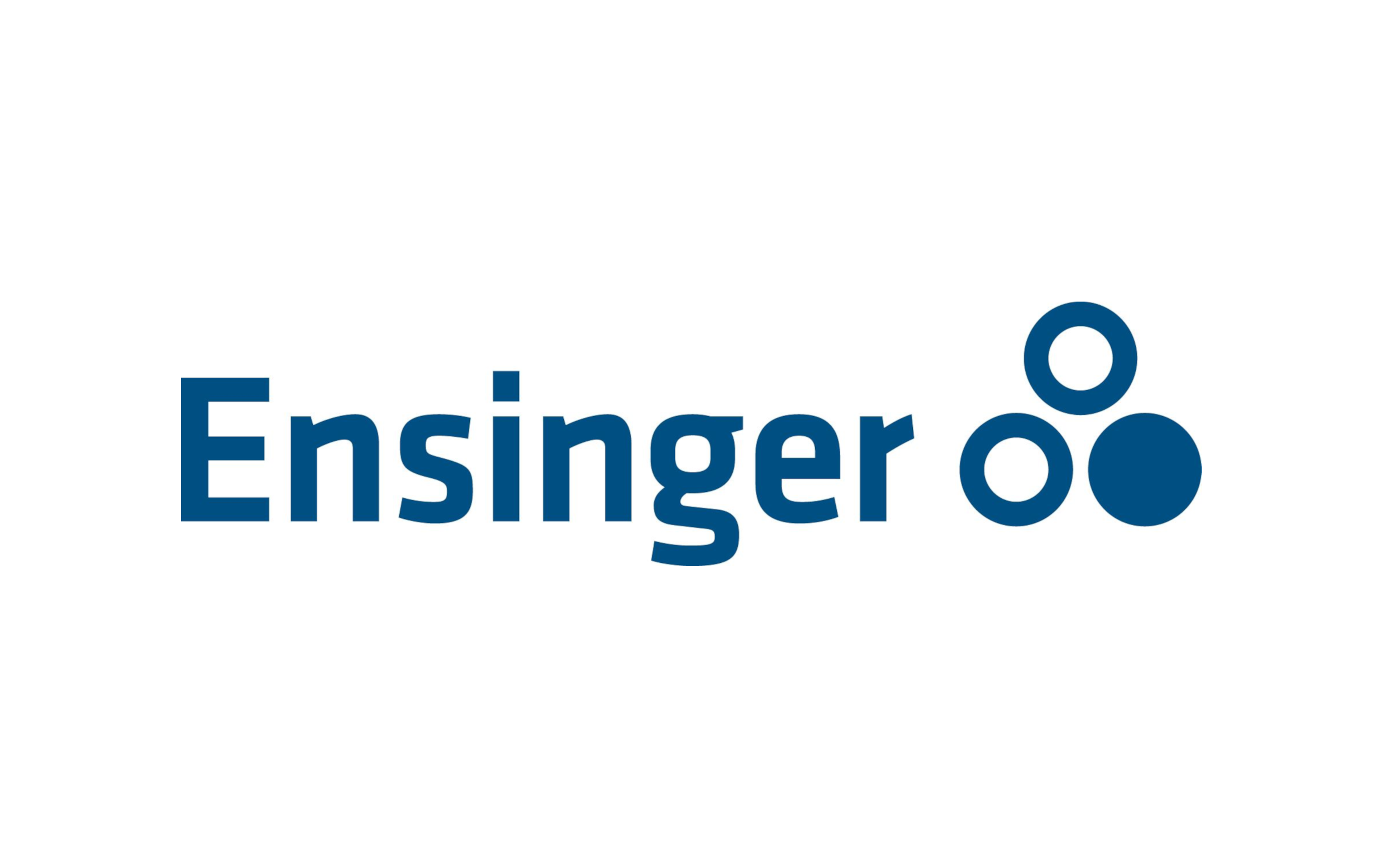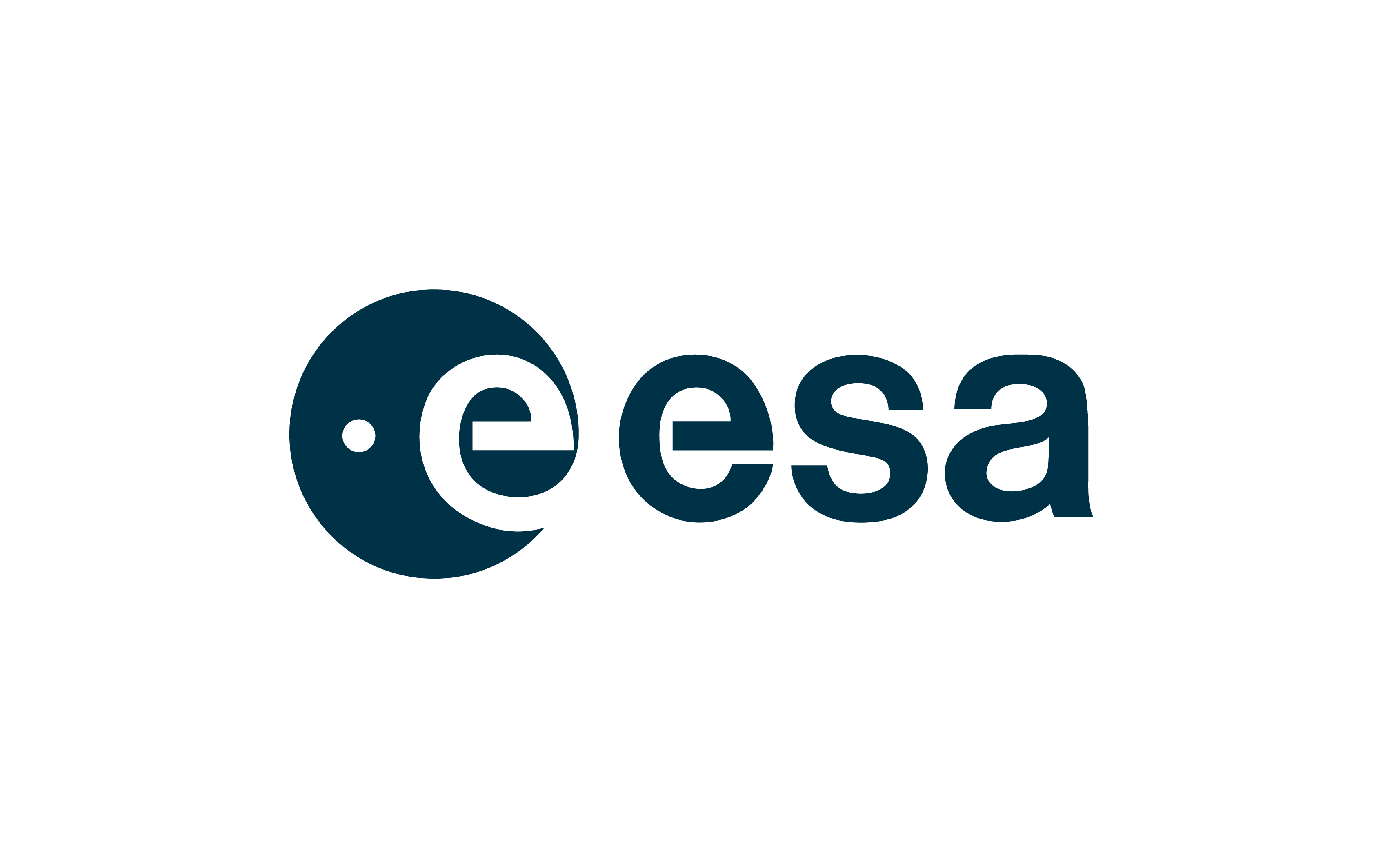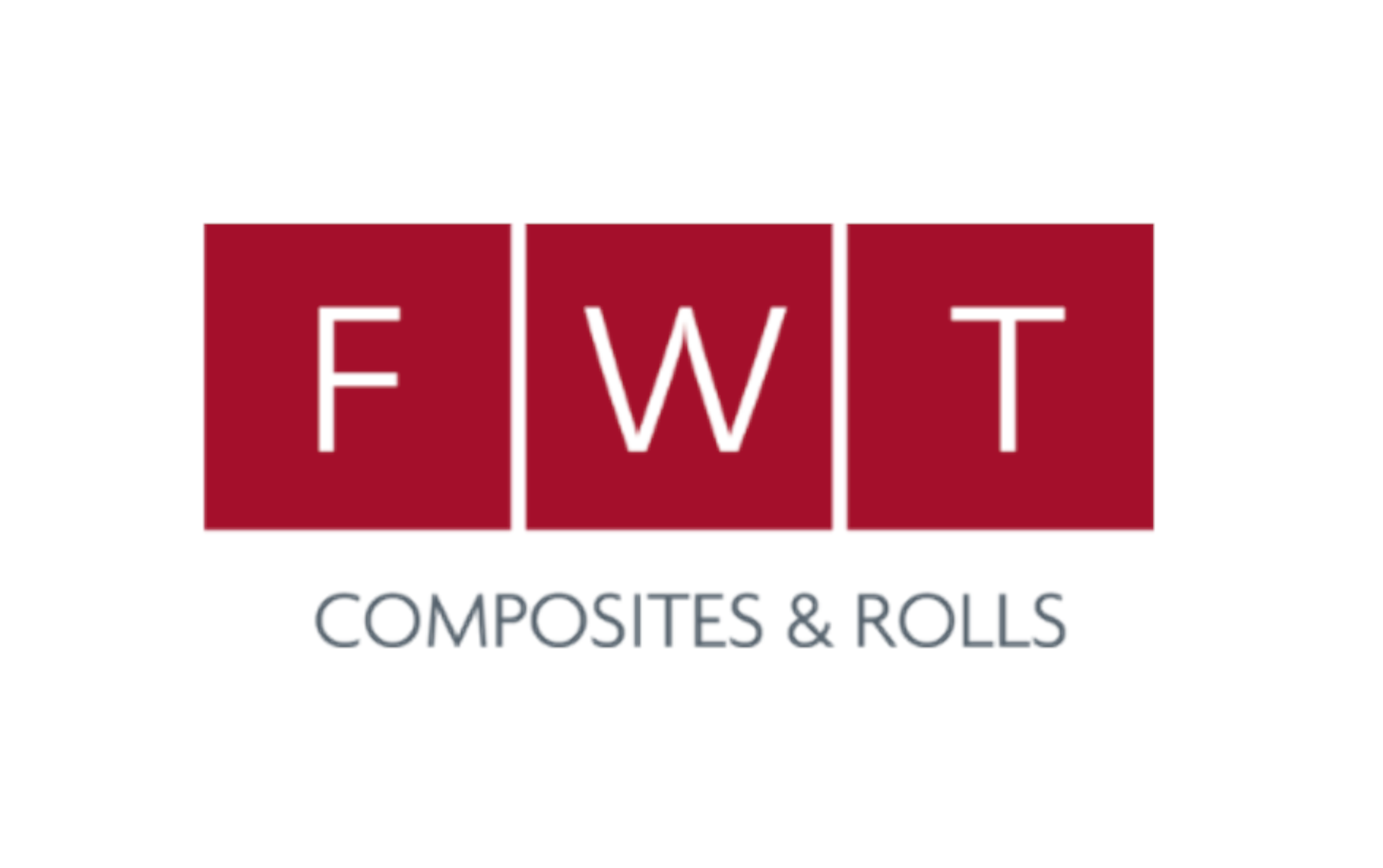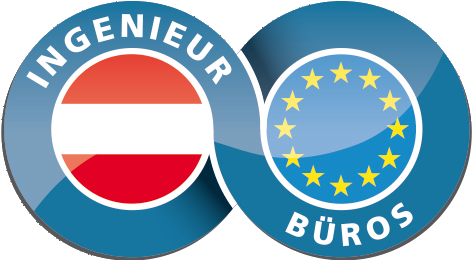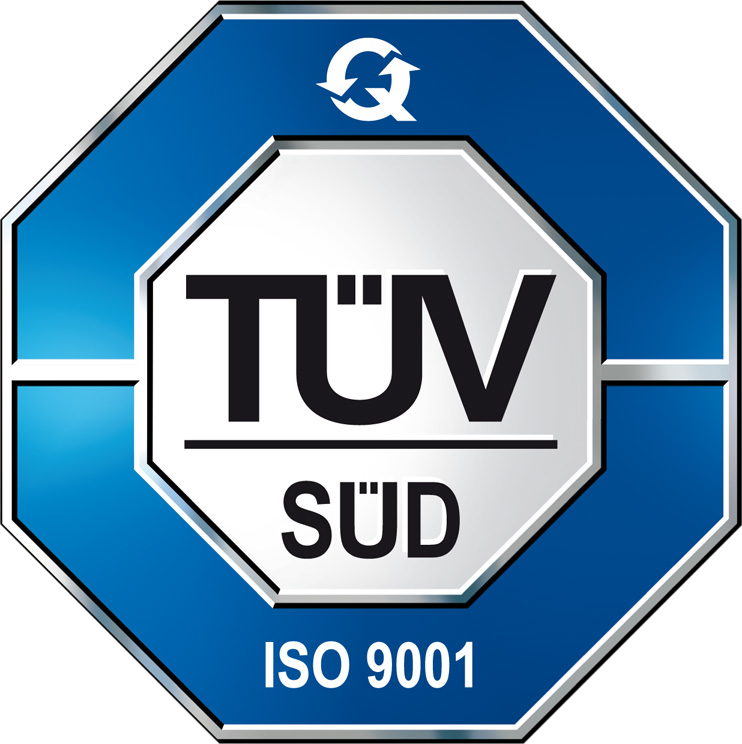컨설팅
테스트
개발
연구
Comprehensive Overview of Our Standardized Testing and Certification Services
Welcome to AAC – Aerospace & Advanced Composites GmbH, your reliable partner for advanced materials testing, applied research, and certification services in aerospace, automotive, and industrial sectors. We offer accredited, high-quality testing procedures in accordance with internationally recognized standards, ensuring that your materials and components fulfill stringent quality, performance, and safety requirements.
With more than 30 years of experience in the field of aerospace and industrial materials research, AAC specializes in mechanical testing, tribological system development, failure analysis, and environmental simulation under extreme operating conditions. Our comprehensive testing portfolio includes structural health monitoring (SHM), polymer composite characterization, and the evaluation of advanced functional coatings for applications such as de-icing and corrosion protection in aerospace environments.
Through long-standing collaborations with leading institutions such as the European Space Agency (ESA), Airbus, and numerous industrial partners, AAC delivers tailored testing solutions designed to comply with globally established standards, including ISO, ASTM, DIN, IEC, MIL, and ECSS. Our accredited laboratory infrastructure is equipped to perform a broad spectrum of testing procedures, such as tensile, compression, impact, fatigue, and thermal testing, to assess and verify the reliability, durability, and operational readiness of materials and components.
In addition to standardized test methods, we also support our customers with the development and implementation of project-specific test programs. These include long-term durability studies, complex load simulations, environmental aging assessments, and in-situ condition monitoring under defined operational parameters. Our approach combines precise laboratory analysis with practical application know-how to deliver meaningful results that support qualification, certification, and market approval processes.
Our goal is to provide manufacturers, suppliers, and operators with reliable data as the basis for informed decisions regarding material selection, design optimization, and risk assessment. This ensures that products not only comply with current regulations but also meet the operational demands throughout their intended service life.
We would like to provide you with an excerpt of our capabilities, outlining the broad range of standardized testing and certification services available at AAC. Our services are applicable across aerospace, defense, automotive, and industrial sectors, contributing to the verification of material and component performance in line with the highest international quality standards.
Below, you will find a detailed overview of our testing services, systematically organized according to relevant international standards and technical specifications.
All Testing standards
ANSI Standards
| Standards | Description |
|---|---|
| ANSI/ISO 2859-1 | Acceptance sampling inspection based on the number of defective units or defects |
| ANSI/UL 746C | Standard for Safety for Polymeric Materials – Use in Electrical Equipment Evaluations |
ASTM Standards
| Standards | Description |
|---|---|
| ASTM A370 | Standard Test Methods and Definitions for Mechanical Testing |
| ASTM A956 | PA IBW 07.1 |
| ASTM B769 | Shear testing of aluminum alloys |
| ASTM C1161 | Testing flexural strength at ambient temperature for advanced ceramics |
| ASTM C1421 | Fracture toughness of advanced ceramics at ambient temperature |
| ASTM C1442 | Testing on sealants using artificial weathering apparatus |
| ASTM C273/C273M | Shear properties in vertical core composites |
| ASTM C297 | Flatwise Tensile Strength |
| ASTM C364/C364M | Compressive strength of vertically positioned flat core composites |
| ASTM D2344 | Short-beam strength of polymer matrix composite materials |
| ASTM D256 | Testing impact resistance of plastics |
| ASTM D2565 | Xenon-arc exposure of plastics intended for outdoor use |
| ASTM D3039/D3039M | Tensile Properties of Polymer Matrix Composite Materials |
| ASTM D3163 | Adhesively bonded rigid plastic lap-shear joints in shear by tension loading |
| ASTM D3164 | Adhesion strength of core plastic bonds in tensile shear testing |
| ASTM D3330 | Peel adhesion of pressure-sensitive tape |
| ASTM D3359-B | Crosshatch adhesion test |
| ASTM D3410/D3410M | Compressive properties of polymer matrix composite materials |
| ASTM D3418 | Transition temperatures and enthalpies of fusion and crystallization of polymers |
| ASTM D3479/D3479M | Fatigue strength testing of fiber-reinforced composites |
| ASTM D3518 | In-plane shear response of polymer matrix composite materials |
| ASTM D3518/D3518-13 | Updated in-plane shear response testing |
| ASTM D3528 | Adhesion properties of structural adhesives |
| ASTM D3846 | Shear strength of reinforced plastics |
| ASTM D4065 | Dynamic mechanical properties of plastics |
| ASTM D4329 | Fluorescent UV lamp exposure of plastics |
| ASTM D4440 | Dynamic mechanical properties melt rheology |
| ASTM D4752 | MEK resistance of inorganic zinc ethyl silicate coatings |
| ASTM D4799/D4799M | Accelerated weathering test conditions and procedures for bituminous materials |
| ASTM D5045 | Fracture toughness of plastics |
| ASTM D5279 | Dynamic mechanical properties in torsion |
| ASTM D5528 | Mode I interlaminar fracture toughness |
| ASTM D5868 | Lap shear adhesion for fiber-reinforced plastic bonding |
| ASTM D5961/D5961M | Bearing response of composite materials |
| ASTM D6068 | J-R curves of plastic materials |
| ASTM D6272 | Flexural properties by four-point bending |
| ASTM D6641 | Compression testing method |
| ASTM D695 | Compressive properties of rigid plastics |
| ASTM D7136/D7136M | Impact damage resistance of fiber-reinforced composites |
| ASTM D7137/D7137M | Compressive residual strength |
| ASTM D7869 | Accelerated weathering test |
| ASTM D790 | Flexural behavior of reinforced/unreinforced plastics |
| ASTM D7905/D7905M | Mode II interlaminar fracture toughness |
| ASTM E18 | Rockwell hardness test |
| ASTM E21 | Elevated temperature tension tests |
| ASTM E2105 | Thermal vacuum bakeout for spacecraft hardware |
| ASTM E595 | Measurement of outgassing in vacuum conditions |
| ASTM E831 | Determination of linear thermal expansion of plastics |
| ASTM E9 | Compression testing of metallic materials |
| ASTM E914 | Endurance limit of metallic materials |
| ASTM G154 | UV exposure of nonmetallic materials |
| ASTM G155 | Xenon arc light exposure |
| ASTM G31-21 | Corrosion testing of metals |
| ASTM G44 | Seawater corrosion testing |
DIN Standards
| Standards | Description |
|---|---|
| DIN 50125 | Testing of metallic materials – Tensile test specimens |
| DIN 50908 | Testing the resistance of wrought aluminum alloys to stress corrosion cracking |
| DIN 51006 | Thermal analysis (TA) – Thermogravimetry (TG) – Fundamentals |
| DIN 51007 | Thermal analysis (TA) – Differential thermal analysis (DTA) – Fundamentals |
| DIN 53211 | Determination of viscosity using a flow cup |
| DIN 53765 | Thermal analysis of plastics |
| DIN EN 60811-405 | Electric and optical fiber cables – Test methods for non-metallic materials |
| DIN 55656 | Coatings – Scratch test with a hardness test rod |
| DIN EN 2377 | Aerospace series – Glass fiber reinforced plastics – Determination of apparent interlaminar shear strength |
| DIN EN 2563 | Aerospace series – Carbon fiber reinforced plastics – Determination of apparent interlaminar shear strength |
| DIN EN 2850 | Aerospace series – Unidirectional laminates – Compressive test parallel to fiber direction |
| DIN EN 50121-4 | Railway applications – Electromagnetic compatibility – Emission and immunity of signaling and telecommunications equipment |
| DIN EN ISO 14125 | Fiber-reinforced plastics – Determination of flexural properties |
| DIN EN ISO 14126 | Fiber-reinforced plastics – Determination of in-plane compressive properties |
| DIN EN ISO 14129 | Fiber-reinforced plastics – 45° tensile test for in-plane shear modulus |
| DIN EN ISO 14577 | Metallic materials – Instrumented indentation test for hardness and other material parameters |
| DIN EN ISO 16474-3 | Coatings – Artificial weathering in devices – UV fluorescent lamps |
| DIN EN ISO 178 | Plastics – Determination of flexural properties |
| DIN EN ISO 179-2 | Plastics – Determination of Charpy impact properties – Part 2: Instrumented impact test |
| DIN EN ISO 2178 | Coatings – Measurement of coating thickness |
| DIN EN ISO 2409 | Coatings – Cross-cut test |
| DIN EN ISO 2808 | Coatings – Determination of film thickness |
| DIN EN ISO 4545-1 | Metallic materials – Knoop hardness test – Part 1: Test method |
| DIN EN ISO 4624 | Coatings – Pull-off test for adhesion |
| DIN EN ISO 4628-1 | Coatings – Assessment of coating damage – Evaluation of quantity and size of defects |
| DIN EN ISO 4892-3 | Plastics – Exposure to laboratory light sources – Part 3: Fluorescent UV lamps |
| DIN EN ISO 527-4 | Plastics – Determination of tensile properties – Part 4: Conditions for isotropic and anisotropic fiber-reinforced plastic composites |
| DIN EN ISO 527-5 | Plastics – Determination of tensile properties – Part 5: Conditions for unidirectional fiber-reinforced plastic composites |
| DIN EN ISO 604 | Plastics – Determination of compressive properties |
| DIN EN ISO 6272-1 | Coatings – Impact resistance test – Part 1: Large area test |
| DIN EN ISO 6506-1 | Metallic materials – Brinell hardness test – Part 1: Test method |
| DIN EN ISO 6507 | Vickers hardness test |
| DIN EN ISO 6508-1 | Metallic materials – Rockwell hardness test – Part 1: Test method |
| DIN EN ISO 6721-2 | Plastics – Determination of dynamic mechanical properties – Part 2: Torsion pendulum method |
| DIN EN ISO 6892-2 | Metallic materials – Tensile testing – Part 2: Method of test at elevated temperature |
| DIN ISO 7619-1 | Shore hardness test |
ECSS Standards
| Standards | Description |
|---|---|
| ECSS E-ST-10-03 | This standard addresses the requirements for performing verification by testing of space segment elements and space segment equipment on ground prior to launch. The document is applicable for tests performed on qualification models, flight models (tested at acceptance level) and protoflight models. |
| ECSS E-ST-70-01 | Spacecraft on-board control procedures:
This Standard defines the concept for an OBCP system, identifying the on‐board functionality for OBCP execution and the ground functionality for OBCP preparation and subsequent control. |
| ECSS Q-ST-70-01 | Cleanliness and contamination control:
The purpose of this standard is to define:
It covers design, development, production, testing, operation of space products, launch and mission. |
| ECSS-Q-ST-70-02 | Thermal vacuum outgassing test for the screening of space materials:
This Standard describes a thermal vacuum test to determine the outgassing screening properties of materials proposed for use in the fabrication of spacecraft and associated equipment, for vacuum facilities used for flight hardware tests and for certain launcher hardware. |
| ECSS Q-ST-70-04 | Thermal testing for the evaluation of space materials, processes, mechanical parts and assemblies:
This Standard establishes the requirements for the specification, the procedures, the execution and the reporting of a thermal cycling test under vacuum for the evaluation of materials, processes, mechanical parts and assemblies intended for use in the fabrication of spacecraft and associated equipment. This is one of the tests to determine the ability of theses articles to withstand changes of ambient temperature under vacuum. |
| ECSS Q-ST-70-37 | Determination of the susceptibility of metals to stress-corrosion cracking:
This document defines the requirements for the evaluation of the susceptibility of the SCC resistance. |
| ECSS Q-TM-70-52 | Kinetic outgassing of materials for space:
This Technical Memorandum defines the state of the art test methods and related modelling for |
ESA Standards
| Standards | Description |
|---|---|
| ESA STM-279 | STM-279 Assessment of the Cold Welding between Separable Contact due to Impact and Fretting under Vacuum |
IEC Standards
| Standards | Description |
|---|---|
| IEC 60068-2-30:2005 | Environmental testing – Part 2-30: Tests – Test Db: Damp heat, cyclic (12 h + 12 h cycle) |
| IEC 61215-1-1*CEI 61215-1-1 | Terrestrial photovoltaic (PV) modules – Design qualification and type approval – Part 1-1: Special requirements for testing of crystalline silicon photovoltaic (PV) modules IEC 61215-1-1:2021 lays down requirements for the design qualification of terrestrial photovoltaic modules suitable for long-term operation in open-air climates. The useful service life of modules so qualified will depend on their design, their environment and the conditions |
| IEC 61646 | Thin-film terrestrial photovoltaic (PV) modules – Design qualification and type approval IEC 61646:2008 lays down requirements for the design qualification and type approval of terrestrial, thin-film photovoltaic modules suitable for long-term operation in general open-air climates as defined in IEC 60721-2-1. This standard applies to all terrestrial flat plate module |
| IEC 62788-7-2 | Measurement procedures for materials used in photovoltaic modules – Part 7-2: Environmental exposures – Accelerated weathering tests of polymeric materials IEC TS 62788-7-2:2017(E) defines test procedures to characterize the weatherability of polymeric component materials used in photovoltaic (PV) modules or systems. The methods in this document have been focused on polymeric backsheets and encapsulants, but may be applied to other materials; however, these were not verified as part of the preparation. |
ISO Standards
| Standards | Description |
|---|---|
| ISO 11357-3 | Plastics — Differential scanning calorimetry (DSC) — Part 3: Determination of temperature and enthalpy of melting and crystallization |
| ISO 11358 | Thermogravimetry |
| ISO 11358-1 | Plastics — Thermogravimetry (TG) of polymers — Part 1: General principles |
| ISO 11359-1 | Plastics — Thermomechanical analysis (TMA) — Part 1: General principles |
| ISO 11507:2007 | Paints and varnishes — Exposure of coatings to artificial weathering — Exposure to fluorescent UV lamps and water |
| ISO 13003 | Glass-fiber-reinforced plastics — Determination of fatigue behavior under cyclic loading |
| ISO 14125 | Fibre-reinforced plastic composites — Determination of flexural properties |
| ISO 16474-3 | Paints and varnishes — Methods of exposure to laboratory light sources — Part 3: Fluorescent UV lamps |
| ISO 18352 | Carbon-fibre-reinforced plastics — Determination of compression-after-impact properties at a specified impact-energy level |
| ISO 20340 | Paints and varnishes — Performance requirements for protective paint systems for offshore structures |
| ISO 2811-1 | Paints and varnishes — Determination of density — Part 1: Pycnometer method |
| ISO 4892-2 | Plastics — Methods of exposure to laboratory light sources — Part 2: Xenon-arc lamps |
| ISO 6272 | Paints and varnishes — Falling-weight test |
| ISO 6892-3 | Metallic materials — Tensile testing — Part 3: Method of test at low temperature |
| ISO 7111 | This International Standard defines the general conditions for making thermogravimetric measurements on polymers. Thermogravimetric data may be used to determine the initial temperature and rate of decomposition of polymers; at the same time, the amounts of volatiles, additives, and fillers can also be measured. This International Standard is applicable to polymers in the form of powders and to fabricated shapes reduced to appropiate particle size. The normal operating temperature range is from ambient temperature up to 600 or 800 ° C (depending on the apparatus). |
MIL Standards
| Standards | Description |
|---|---|
| MIL STD 810 | Department of Defense Test Method Standard for Environmental Engineering Considerations and Laboratory Tests |
VDI Standards
| Standards | Description |
|---|---|
| VDI 3822 | Failure analysis – Fundamentals and performance of failure analysis |



